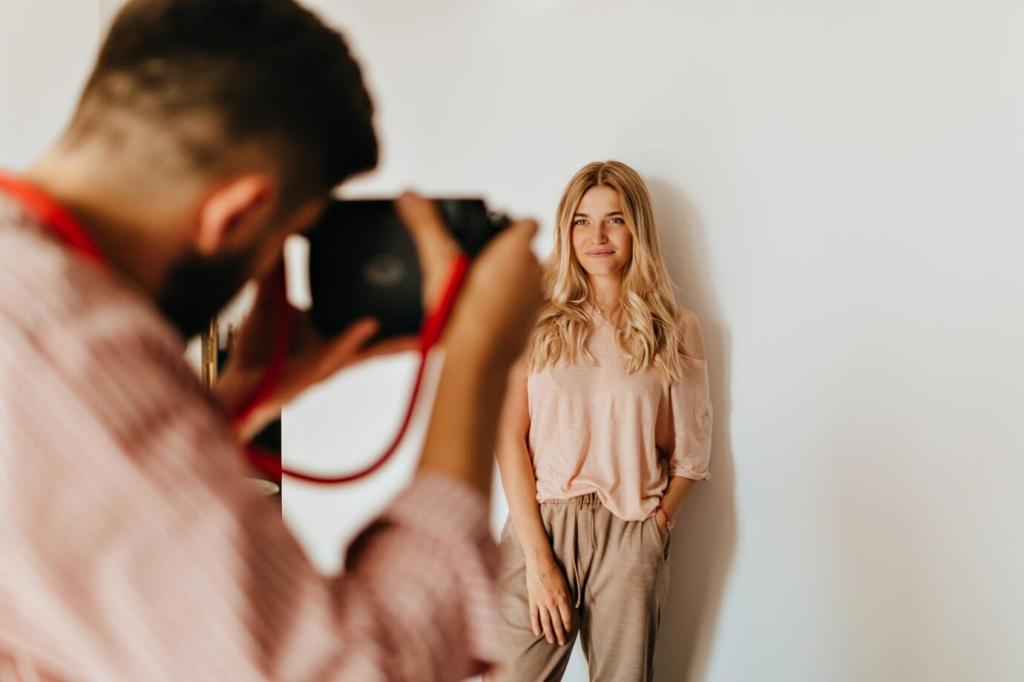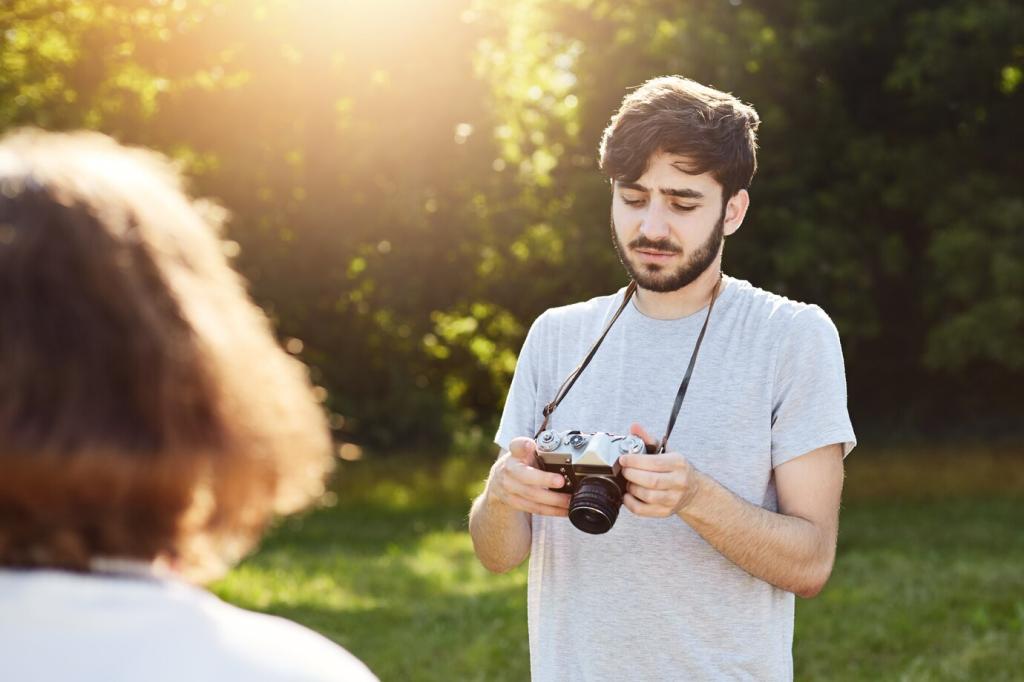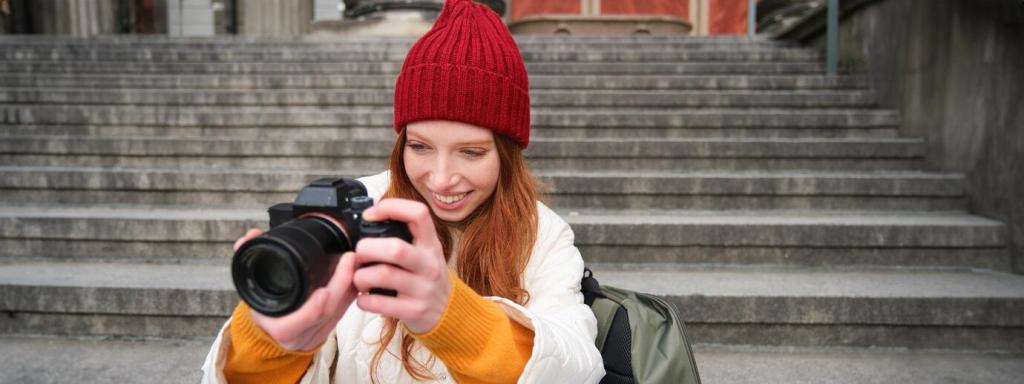Reading the Road: Understanding Light Anywhere
Near the equator, light can be fierce and vertical, carving stark shadows by midday. In northern latitudes, it often arrives softer, skimming across landscapes with poetic angles. Notice how altitude intensifies brightness, how seaside haze diffuses edges—then adapt your exposure and timing.
Reading the Road: Understanding Light Anywhere
Front light reveals, side light sculpts, and backlight transforms. A backlit street vendor in Oaxaca can glow like a haloed silhouette, while side light in Rome chisels textures from ancient stones. Move your feet, rotate around your subject, and let the direction narrate.






